 Abraham Lincoln
If given the truth, the people can be depended upon to meet any national crisis...
Abraham Lincoln
If given the truth, the people can be depended upon to meet any national crisis...
 Guildford news...
for Guildford people, brought to you by Guildford reporters - Guildford's own news service
Guildford news...
for Guildford people, brought to you by Guildford reporters - Guildford's own news service
Birdwatcher’s Diary No.314
Published on: 19 Oct, 2024
Updated on: 19 Oct, 2024
By Malcolm Fincham
The first days of October continued to see a mass exodus of house martins moving south over the skies about Surrey.
While increasingly unsettled weather bestowed itself upon us in the south-eastern regions of the UK during the first weeks of the month. Although a spell of northerly air flow briefly brought some bright spells and cooler temperatures toward the end of the first week.
By October 12 the first substantially large flocks of redwings as well as other wintering thrushes from Scandinavia were starting to be reported over Surrey by local observers.
I had my first sightings of a few small groups flying overhead while on my afternoon walk about Whitmoor Common, although overcast conditions and showers of rain made for ridiculously poor quality photos.
Sticking to some of my local patches on the northern side of Guildford, I made a number of visits to Britten’s Pond, often allowing me a short distance to the shelter of my car during days of inclement weather. These visits turned out to be the most rewarding for my photography.
Recent sightings of a female kingfisher, which will hopefully be wintering there, continued to viewed about the pond.
They can be incredibly difficult to spot at times in spite of their brightly coloured plumage, sometimes needing keen eyes, especially while trees are still in leaf.
Fortune fell my way, however, on October 4 when I spotted her perched out in the open on the floating platform, near to the ‘beach swim’.
And later that afternoon finding her again, this time hiding among the willows on one of the islands.
Further sightings and photos were obtained on October 7 when she thought she was out of my sight, as she perched within the sallows overhanging the water to the right of the ‘beach swim’.
And again on October 9 when she could be viewed through the foliage, perched up over the silt pond adjacent to the main pond.
A surprise sighting for me there late in the afternoon on October 5, and a first for me in the way of getting photos, was to see a bat hunting over the water. Later having it confirmed to be a Daubenton’s bat.
Daubenton’s bats are also known as the ‘water bat’. They have large feet, (for bats) and use them to assist in catching insects from the water’s surface, scooping them up with their large, hairy feet or with their tail membrane, bringing them forward with their head down and back to grab the insect in their mouth.
They spend most of their time close to ponds, lakes or rivers and are usually seen an hour after sunset, circling over water. They often fly in straight lines rather than the erratic flight-paths of pipistrelles.
Although having seen bats out hunting during daylight hours in the past, I was becoming increasing concerned for its welfare. Although appearing opportunistic and feeding well, long before the other bats came out to feed, it would likely eventually become vulnerable to a daytime predator, such as a sparrowhawk.
Opportunistic in my nature, it was a real “Brucie bonus” to also get some photos of it as it settled on the bark of an oak tree beside the pond, continuing to be seen roosting there for several days thereafter.
They have shiny, red-brown fur with a pale underside and a pinkish, round face with a pink, hairless patch around their eyes.
Also adding to my sightings during my visits there was my first ever sighting of a bank vole, achieving a record-shot photo as it ran across the path.
Looking from the bridge into the water flowing into the outlet stream, a pair of grey wagtails continued to be viewed.
On one occasion a song thrush had joined them, washing itself in the water as it flowed downstream.
While a treecreeper could picked out by its call as it crept up one of the nearby oak trees that line the eastern side of the pond.
Several small flocks of long-tailed tits were never far from sight or sound as they passed through trees overhead.
Out on the pond a cormorant could regularly be viewed fishing.
The resident grey heron continued to be seen.
And the pair of greylag geese seemed settled and ready to spend another winter there.
And on several occasions as many as three common buzzards could viewed circling over the pond.
Back out on Whitmoor Common, a group of 20 or more goldfinches could now be seen flying about the heathland, stopping off together in silver birch trees, seemingly of random choice to feed on the seed cones.
While a kestrel perched up, surveying the heather below for the movement of a small mammal.
A small group of coal tits could be seen and heard as they fed on the cones in one of several pine trees.
And several great spotted woodpeckers attracted me by their sound, allowing me a few photos.
Jays continued to traverse the heathland, often seen carrying an acorn in their peaks.
A pleasant surprise for me was a sighting and photo of a Dartford warbler as it perched up before me on a dead branch among a clump of gorse bushes, allowing me to achieve my closest view of one for a while.
Out in the old horse paddock adjacent to the Salt Box Road-side of the common the ‘yaffling’ sounds of green woodpeckers could be regularly heard, with a few seen feeding within the field.
And a dunnock showed itself on a small clump of brambles.
Taking refuge for a while as another shower of rain passed through, I continued to observe, seeing a sly fox as it slinked across the field within the view of my camera.
As well as a small gathering of roe deer on the far side of the meadow.
Several small birds across the field could be viewed, at distance from one of the dilapidated horse shelters I was taking cover in. They intrigued me as they perched up on the stems of ragwort.
And so as soon as the rain had passed through, I took the opportunity to investigate. The first bird I recognised to be a male stonechat.
The second bird following him was a female stonechat.
Loosely associating with the two stonechats was a third bird that I was certainly not expecting this late in the year.
A very late, and what must be my latest of sightings in Surrey, of a returning whinchat stopping off, probably due to the inclement weather, on its journey back to its winter home in sub Saharan Africa.
Similar in shape and size to the stonechat, now, in autumn plumage, and most notable by its supercilium (line above each eye) compared to the female stonechat.
Responses to Birdwatcher’s Diary No.314
Leave a Comment Cancel reply
Please see our comments policy. All comments are moderated and may take time to appear. Full names, or at least initial and surname, must be given.Recent Articles
- Dragon Interview: A New Scene for a Guildford Street
- Notice: Free Tai Chi To Help Your Mental Health
- Ash Councillors Raise School Layby Closure with Their MP
- Do You Recognise This Man?
- Guildford MP ‘Frustrated’ with Transport Minister Over M25 Delays
- Letter: Compton Residents Are Angry and Upset Over Tree Felling
- County Council’s ‘Devolution’ Solution ‘Will Doom’ West Surrey To Fail
- Dragon Review: Handbagged – Yvonne Arnaud Theatre
- How VE Day Was Celebrated 80 Years Ago in Guildford
- Dragon Interview: Sir Jeremy Hunt MP on His Knighthood and Some Local Issues


Recent Comments
- Rachel Buckett on Memories Of Queen Elizabeth Barracks And The Women’s Royal Army Corps
- Brian Creese on Guildford Has a New Mayor with Rock Star Quality
- Richard Sherlock on Guildford Has a New Mayor with Rock Star Quality
- Angela Gunning on Letters, Comments, Complaints Policy and Privacy Statement
- Peter Mills on Trans Protest on Guildford High Street
- Arthur Pint on Police Investigate Paint Attack at Guildford Business Park
Search in Site
Media Gallery
Dragon Interview: Local Artist Leaves Her Mark At One of England’s Most Historic Buildings
January 21, 2023 / No Comment / Read MoreDragon Interview: Lib Dem Planning Chair: ‘Current Policy Doesn’t Work for Local People’
January 19, 2023 / No Comment / Read MoreA3 Tunnel in Guildford ‘Necessary’ for New Homes, Says Guildford’s MP
January 10, 2023 / No Comment / Read More‘Madness’ for London Road Scheme to Go Ahead Against ‘Huge Opposition’, Says SCC Leader
January 6, 2023 / No Comment / Read MoreCouncillor’s Son Starts Campaign for More Consultation on North Street Plan
December 30, 2022 / No Comment / Read MoreCounty Council Climbs Down Over London Road Works – Further ‘Engagement’ Period Announced
December 14, 2022 / No Comment / Read MoreDragon Interview: GBC Reaction to the Government’s Expected Decision to Relax Housing Targets
December 7, 2022 / No Comment / Read MoreHow Can Our Town Centre Businesses Recover? Watch the Shop Front Debate
May 18, 2020 / No Comment / Read More



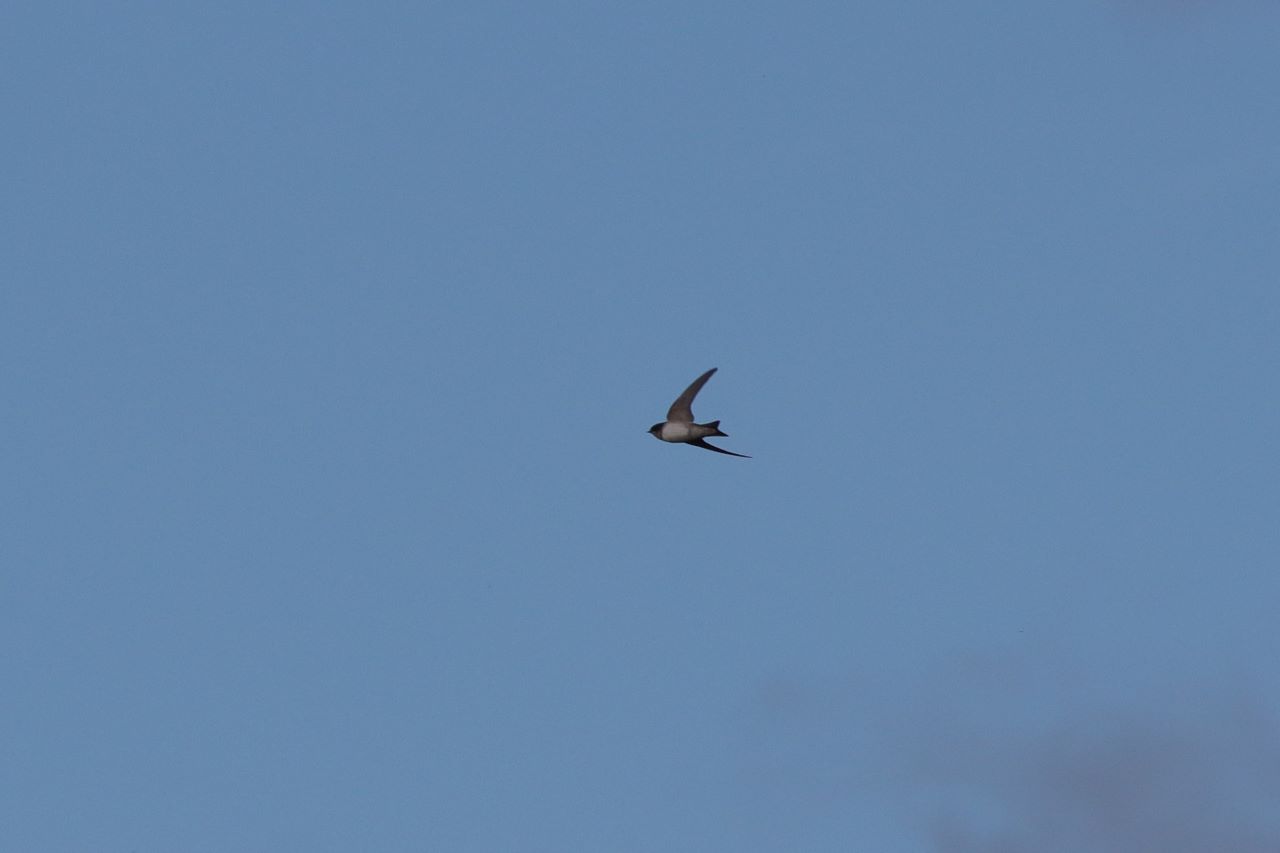
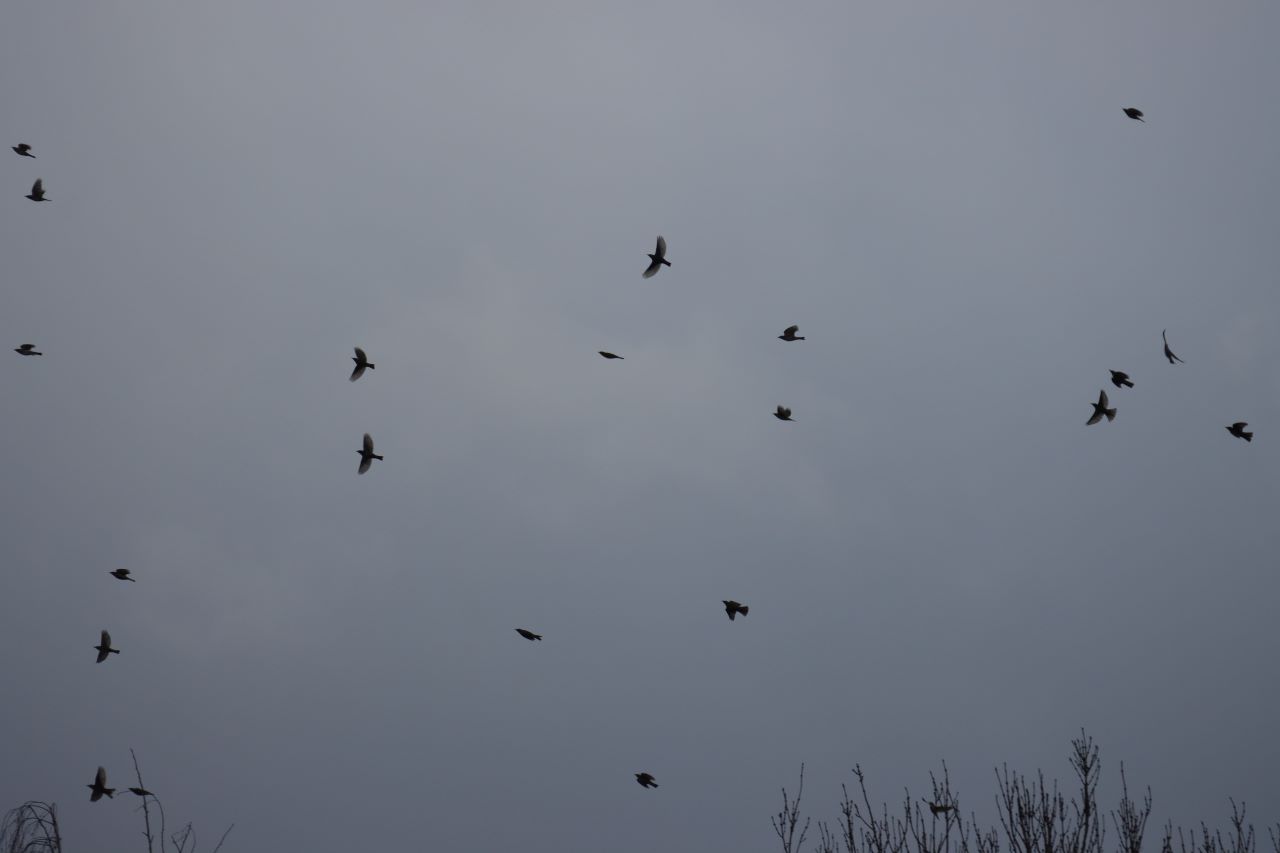

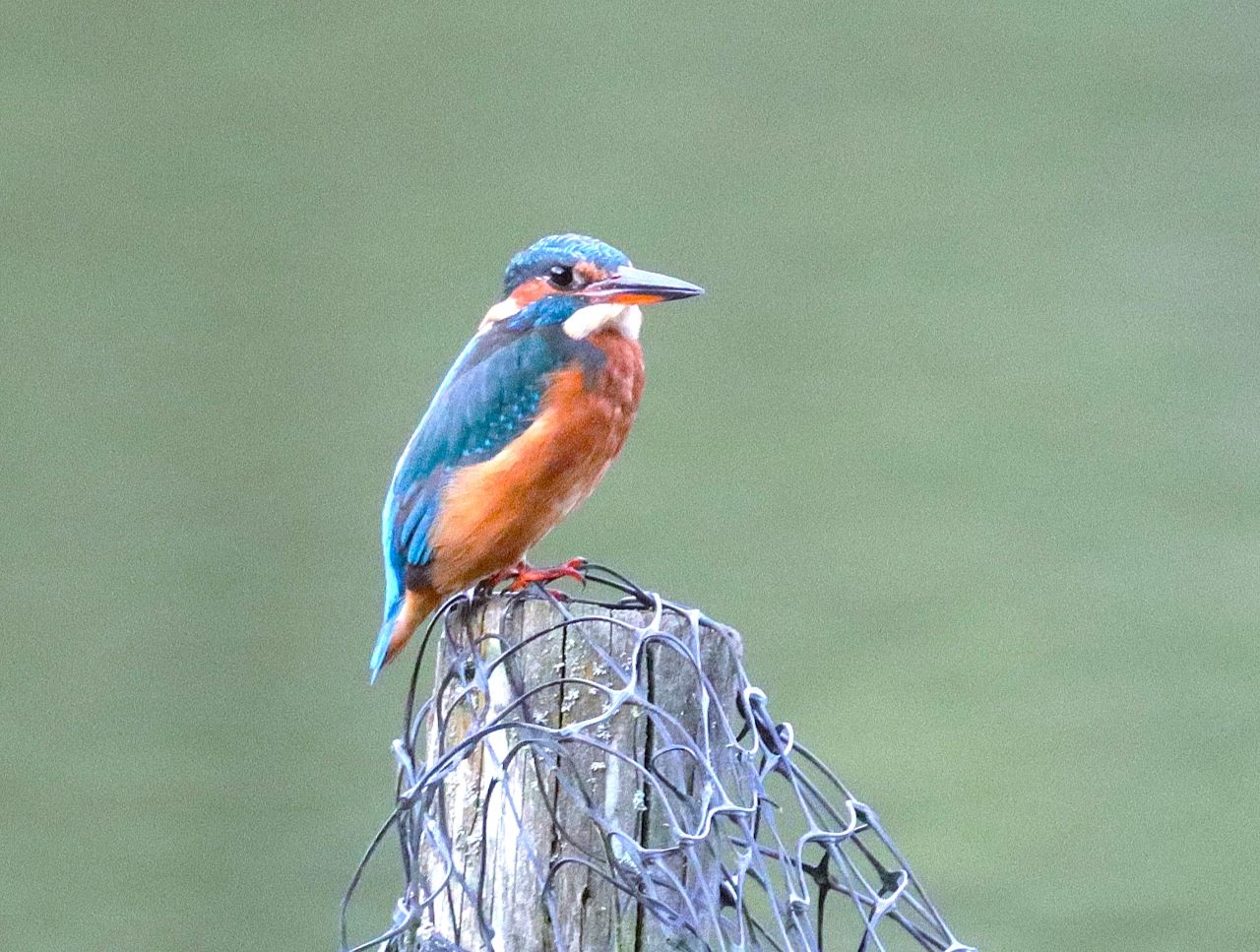
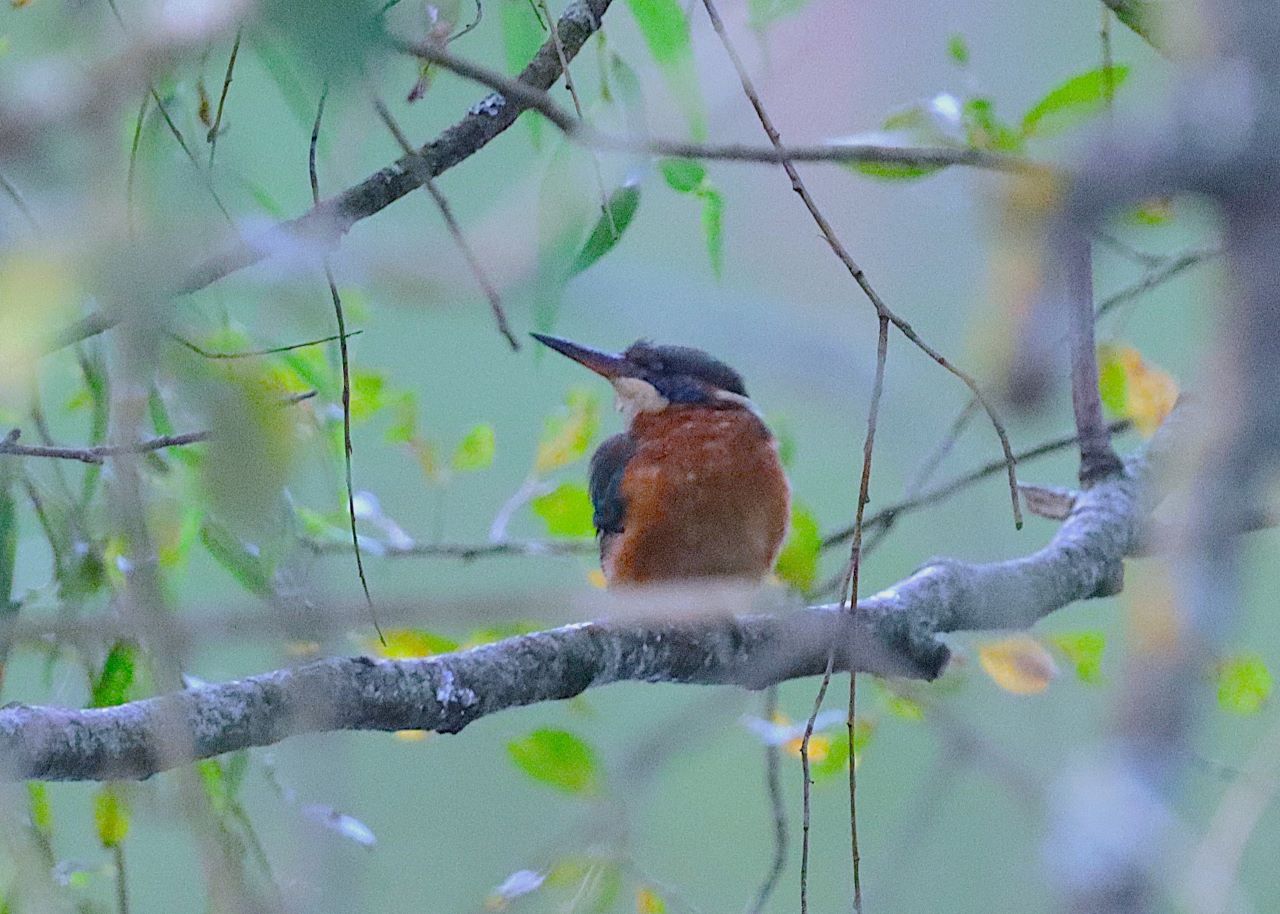


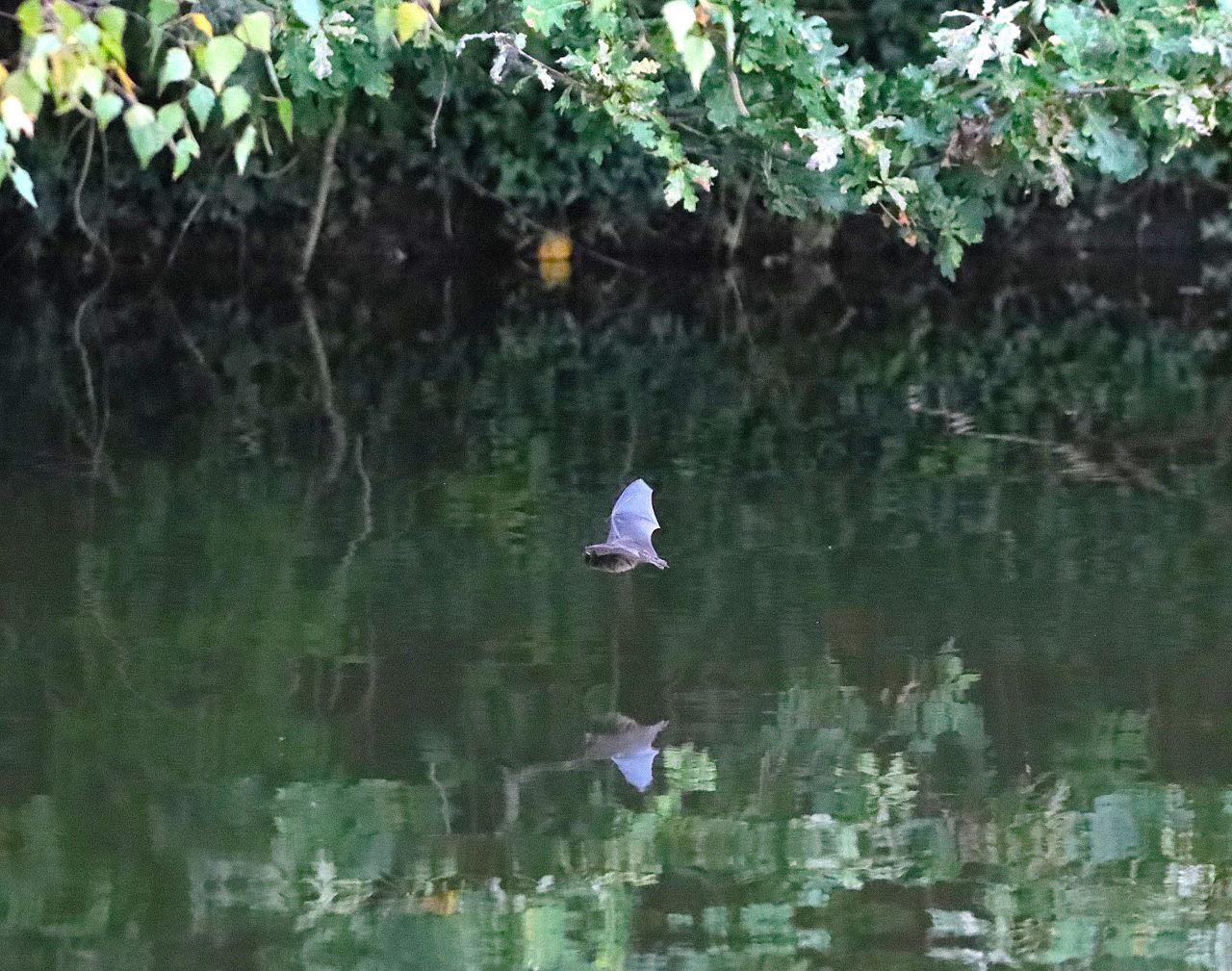
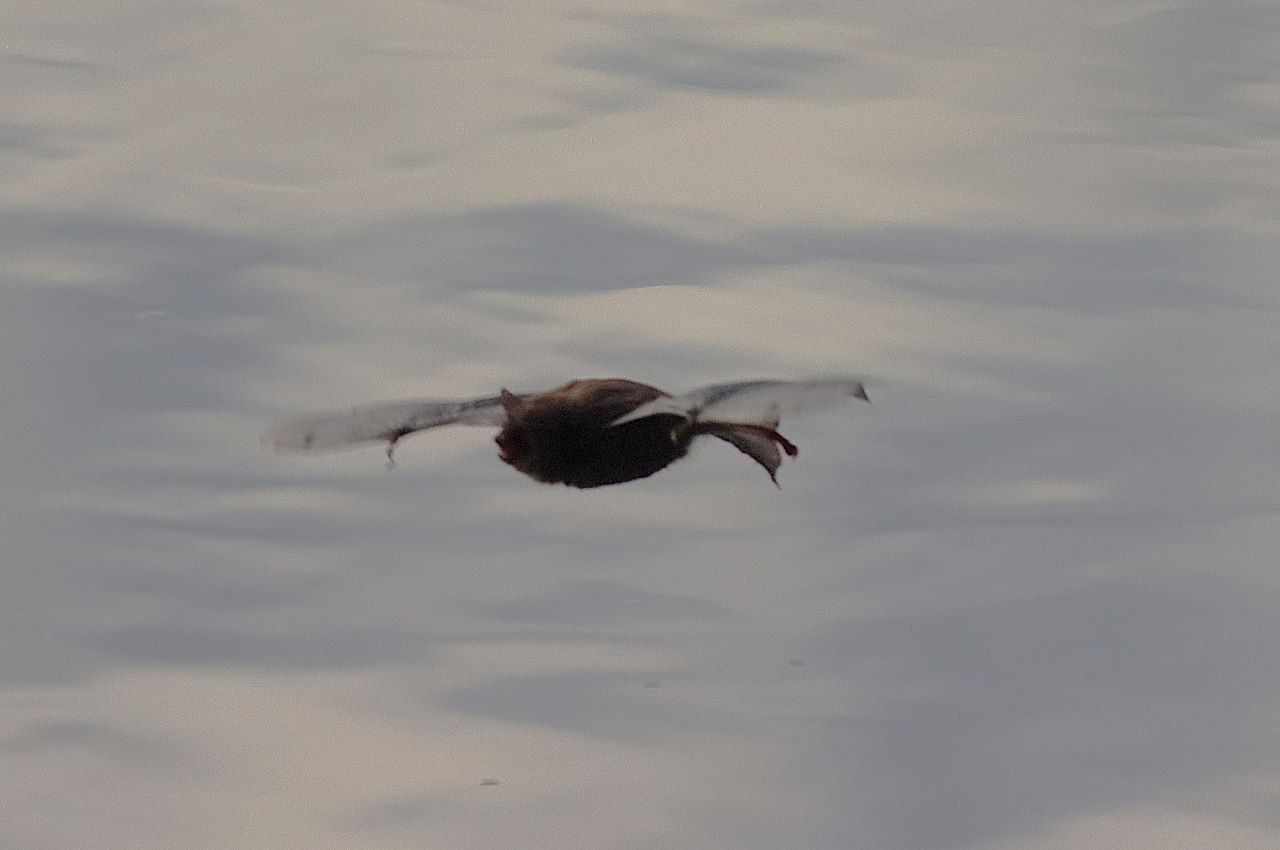

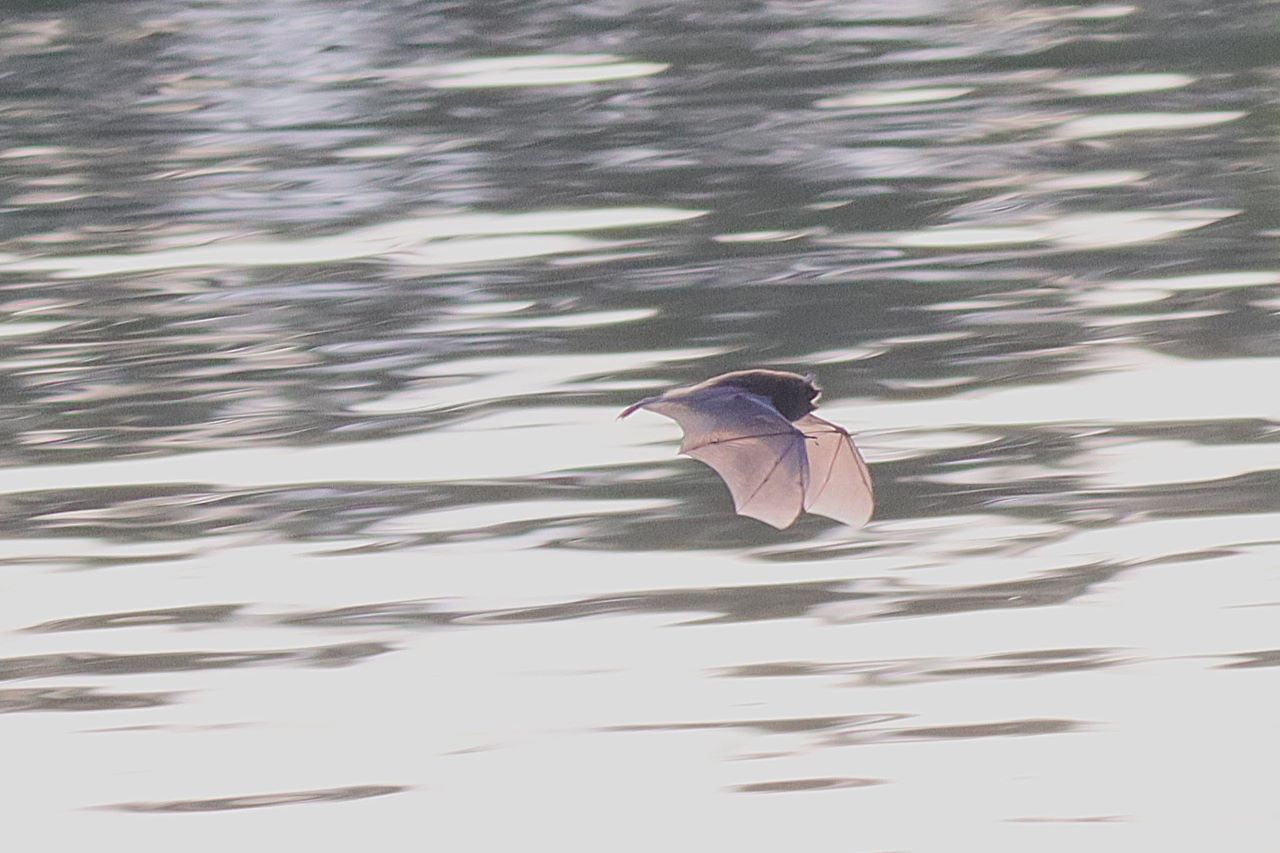
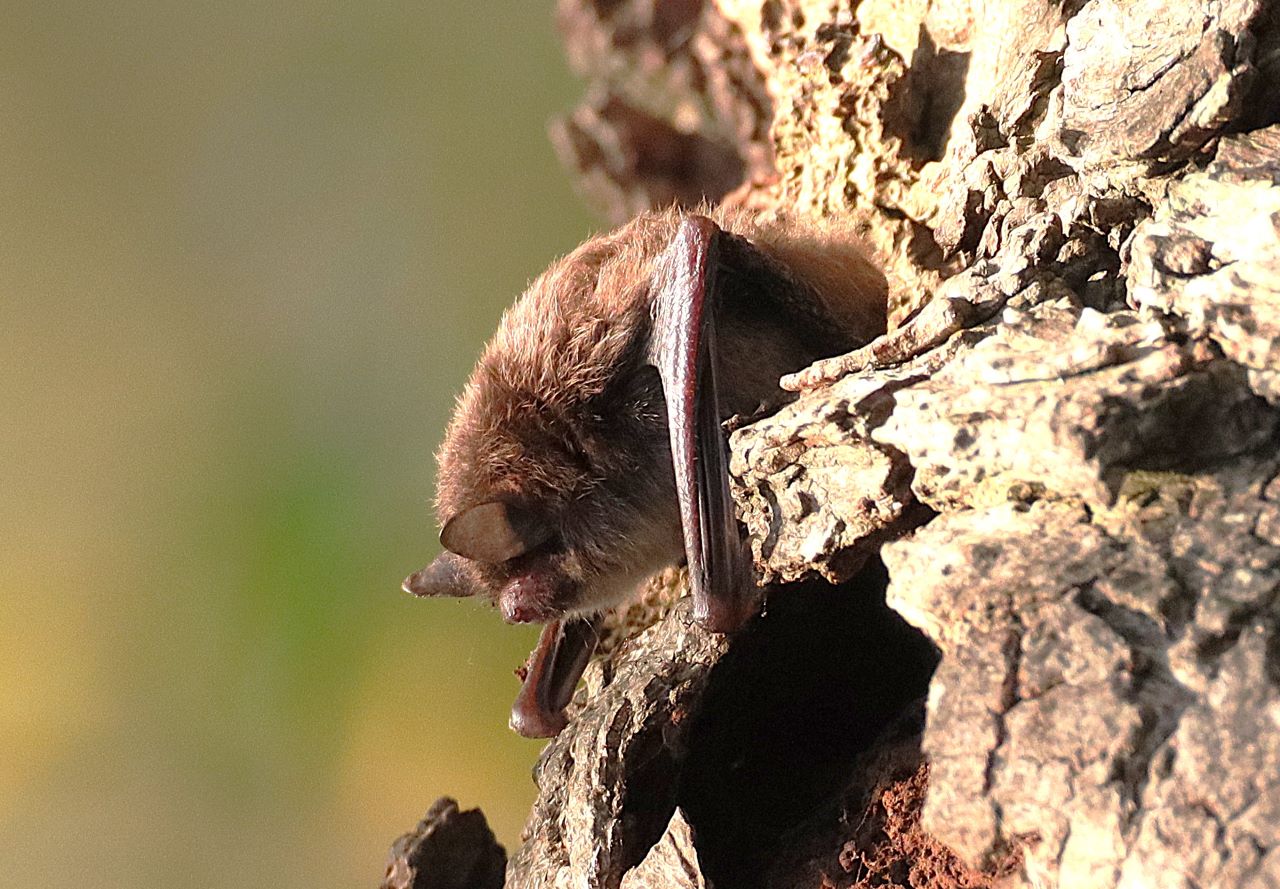
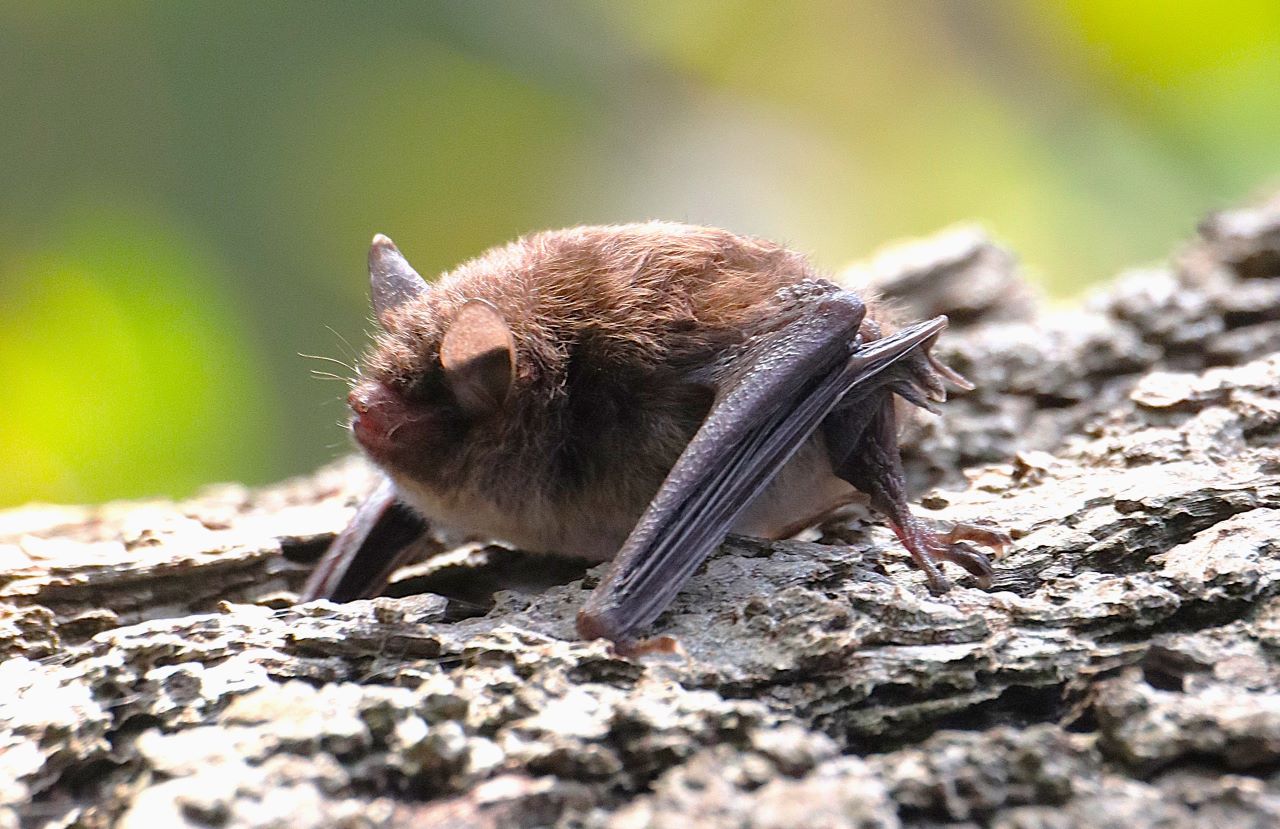
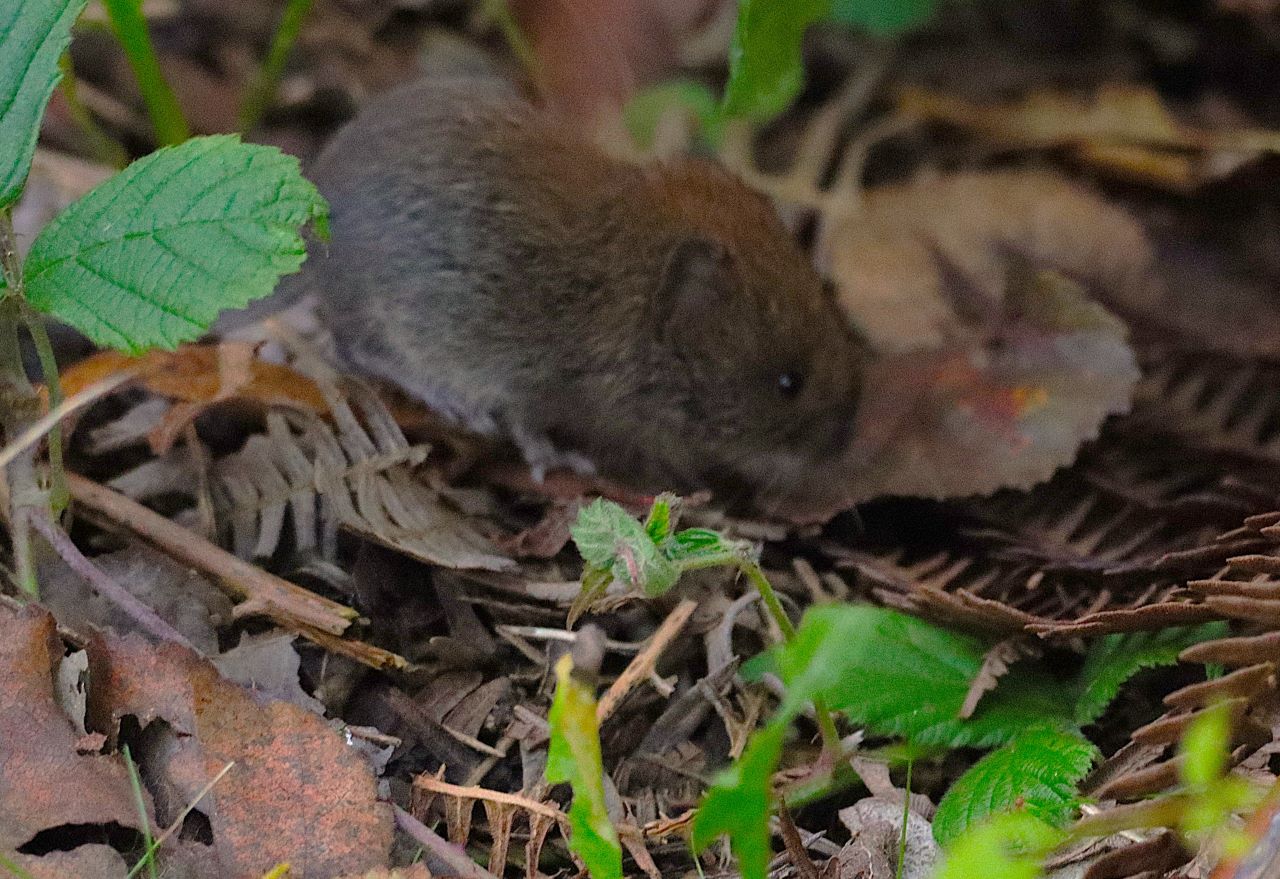
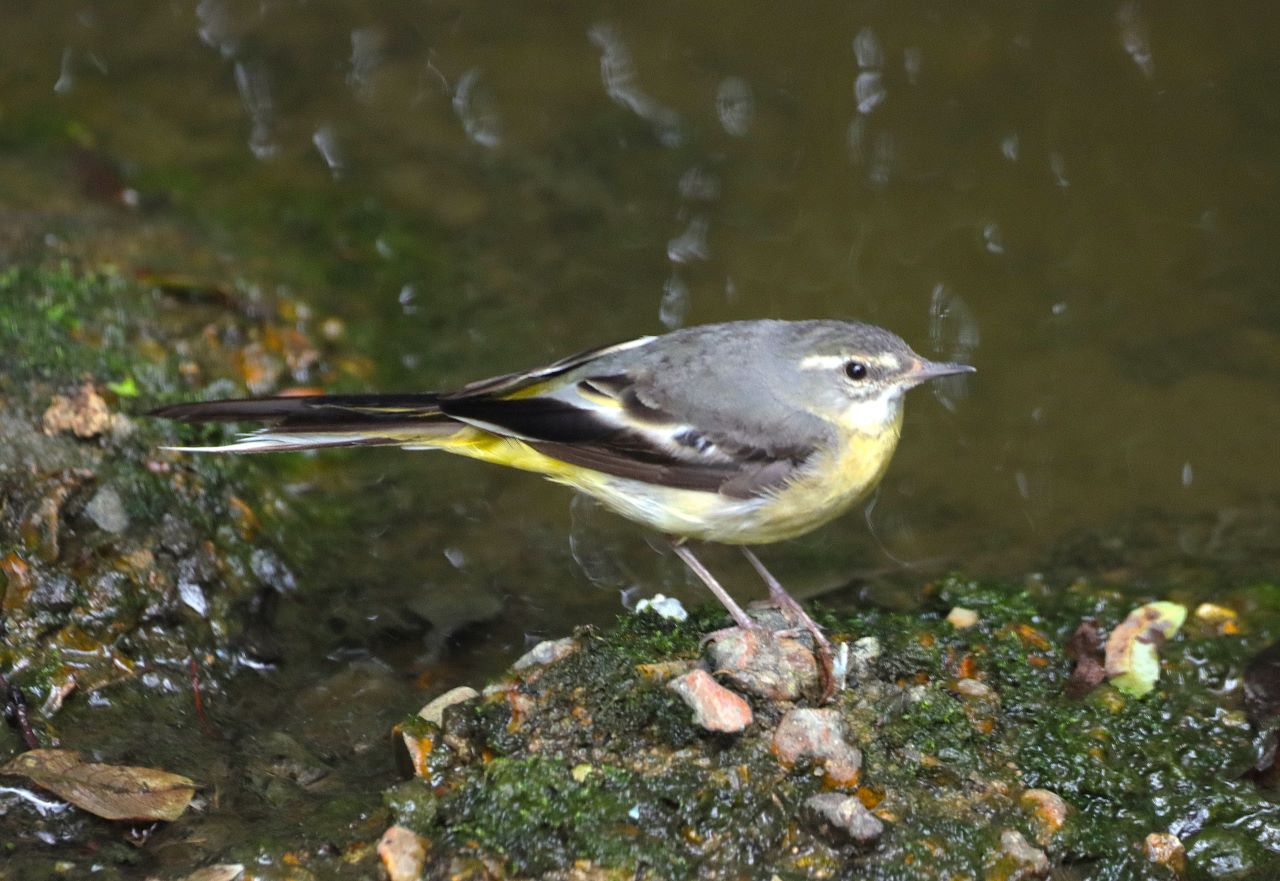
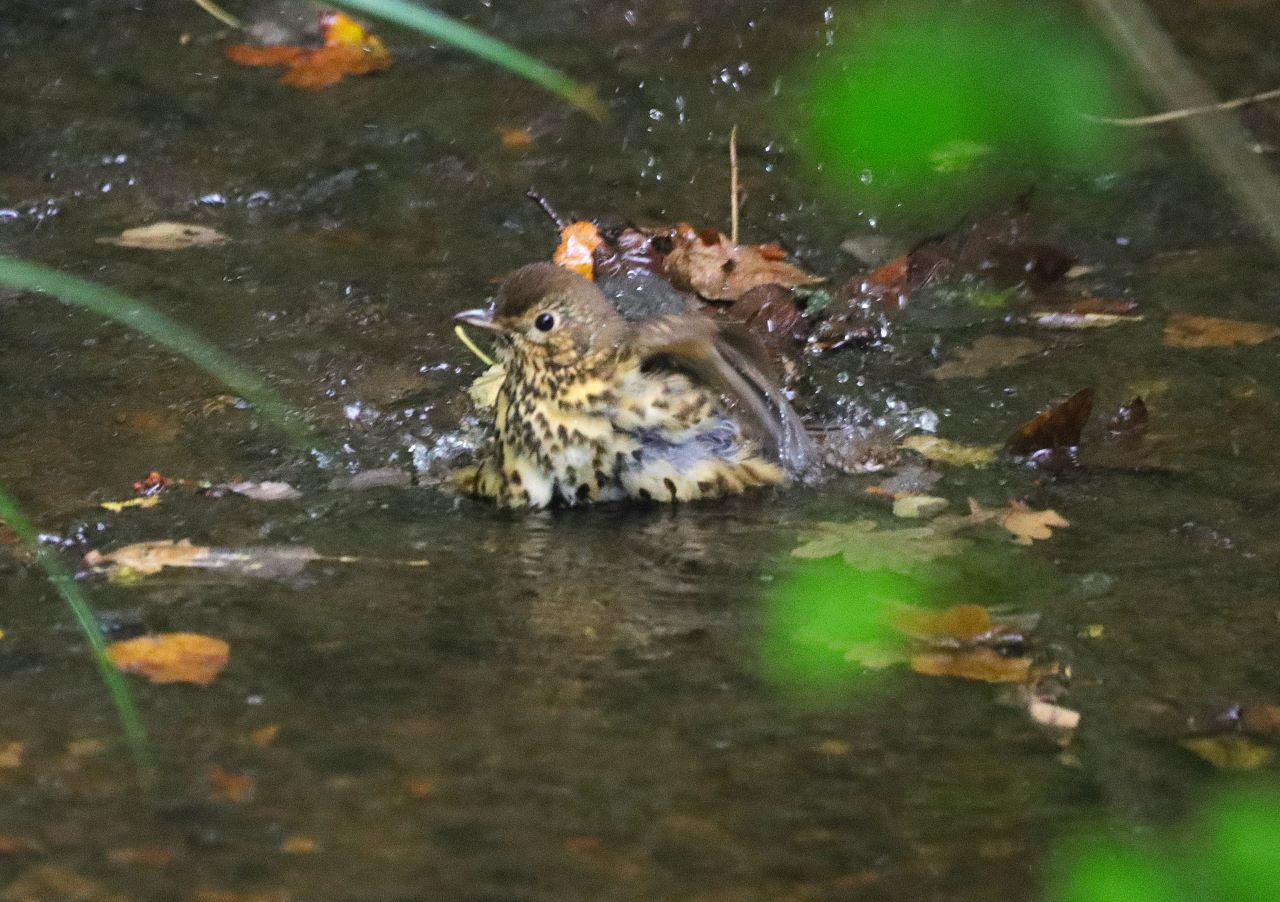
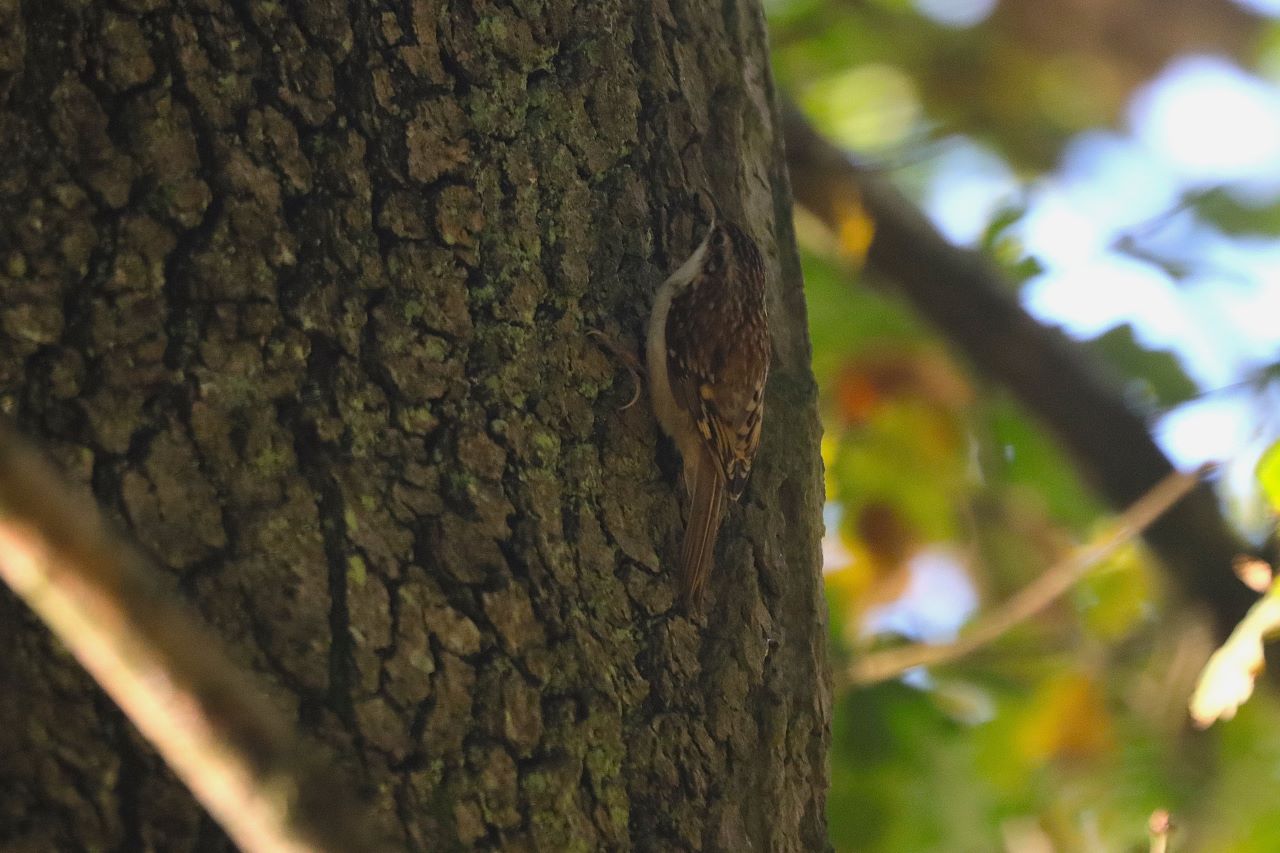
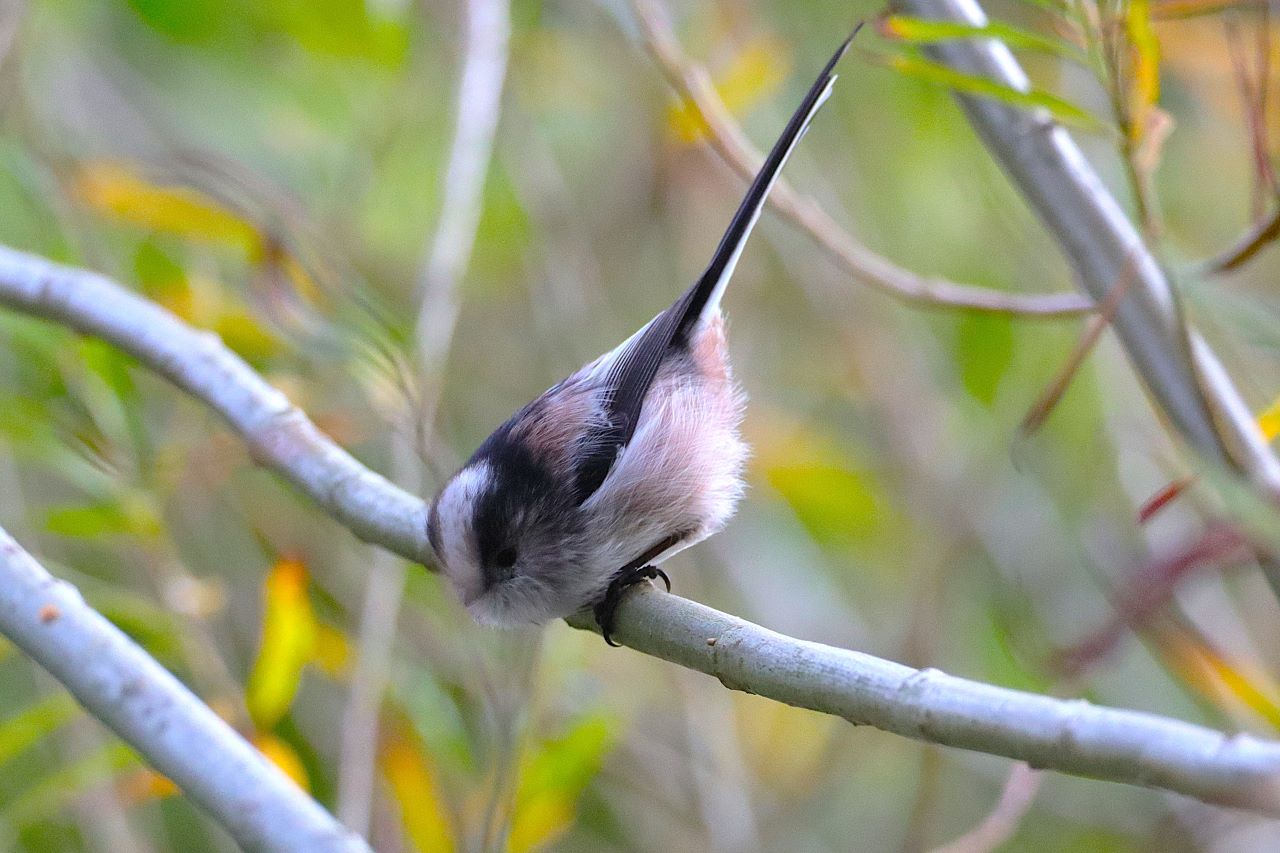

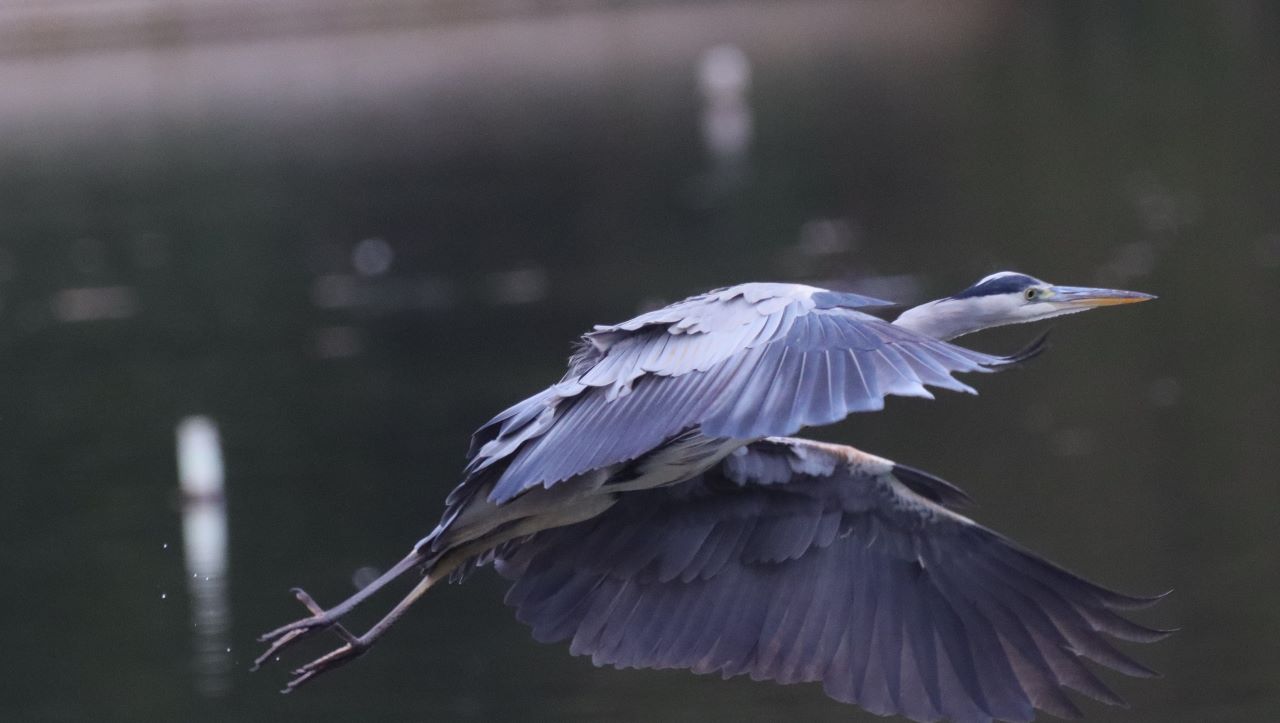
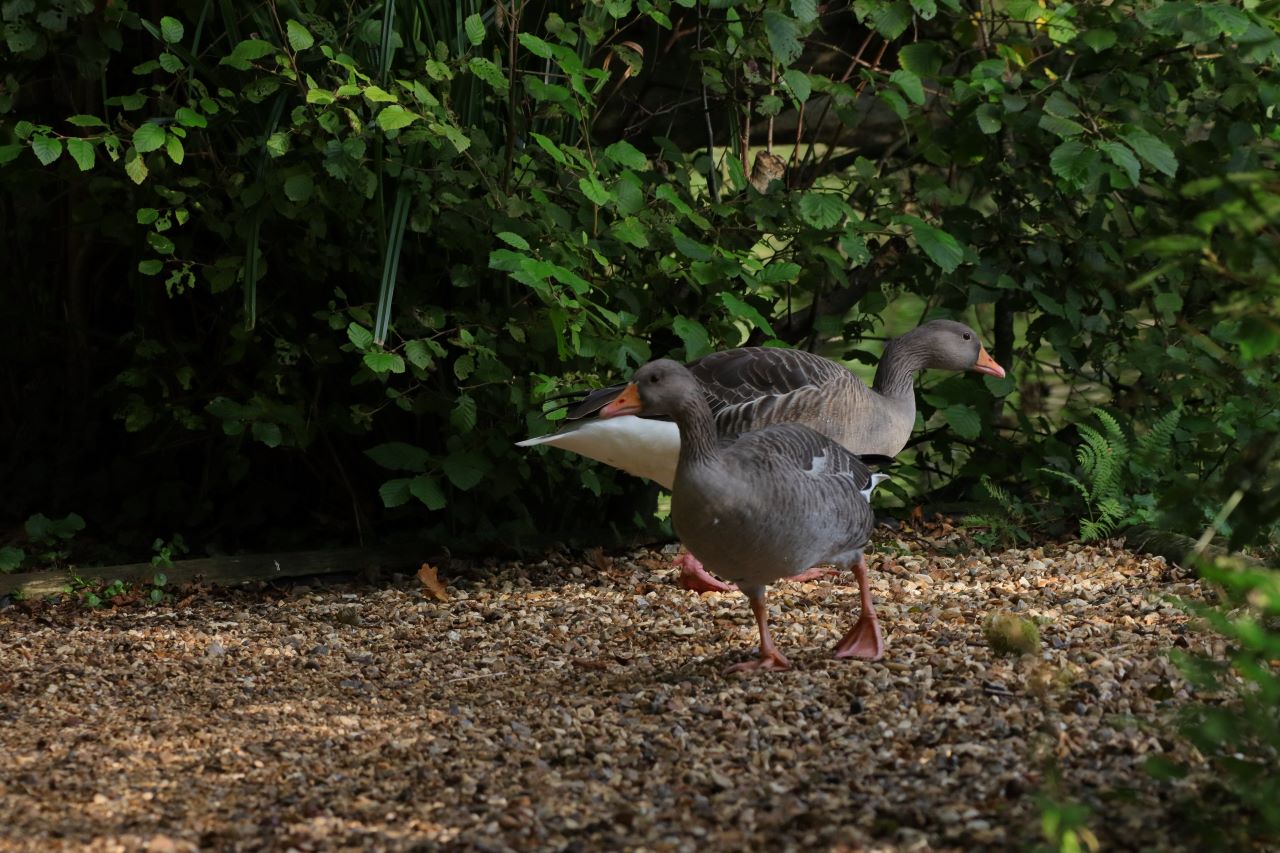


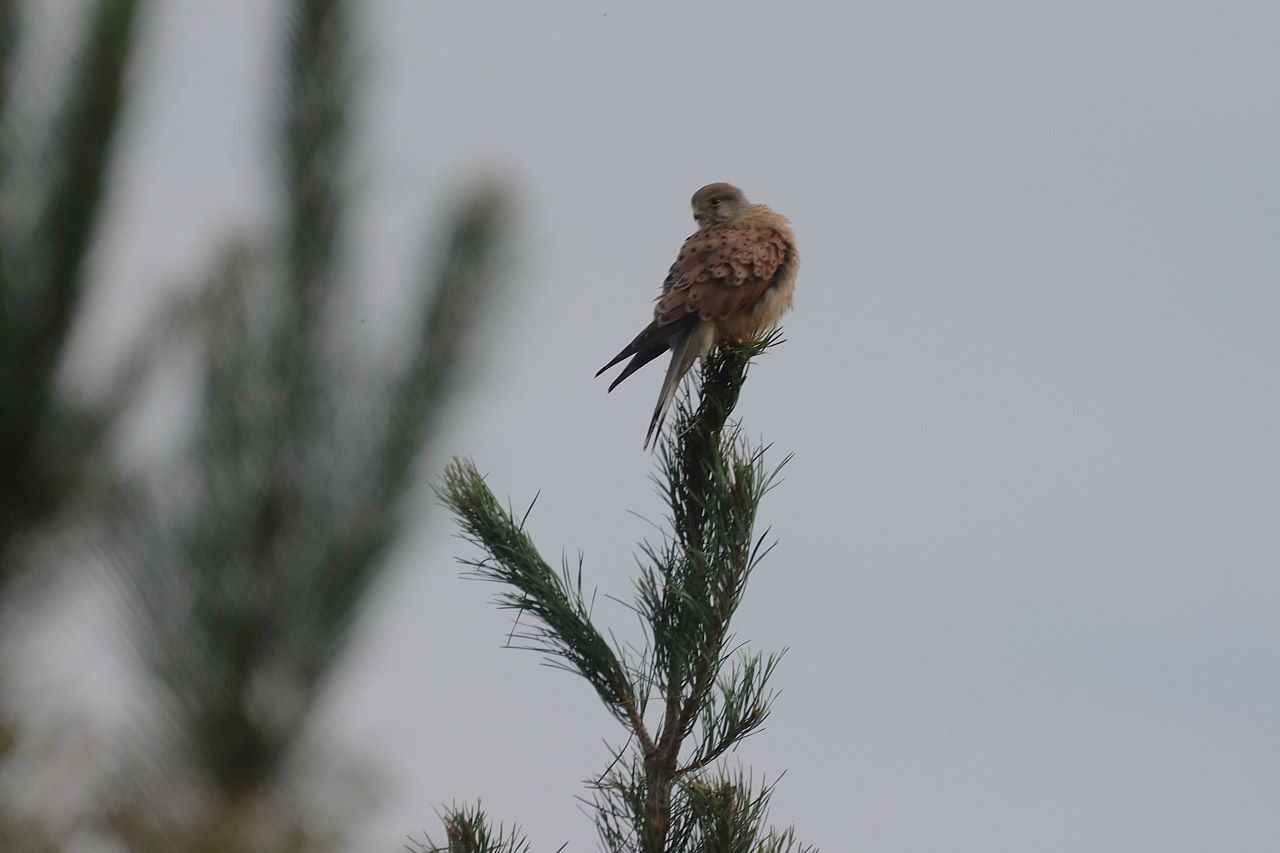
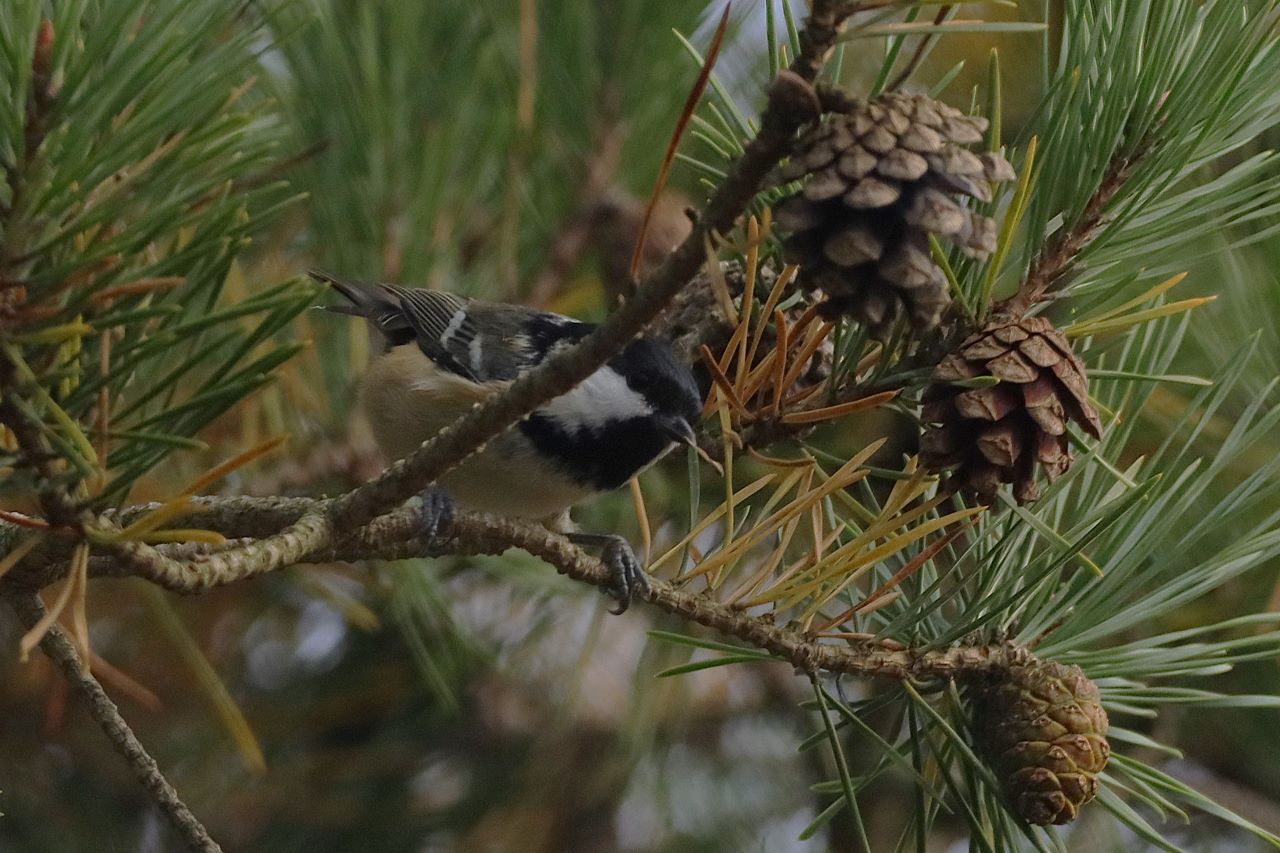
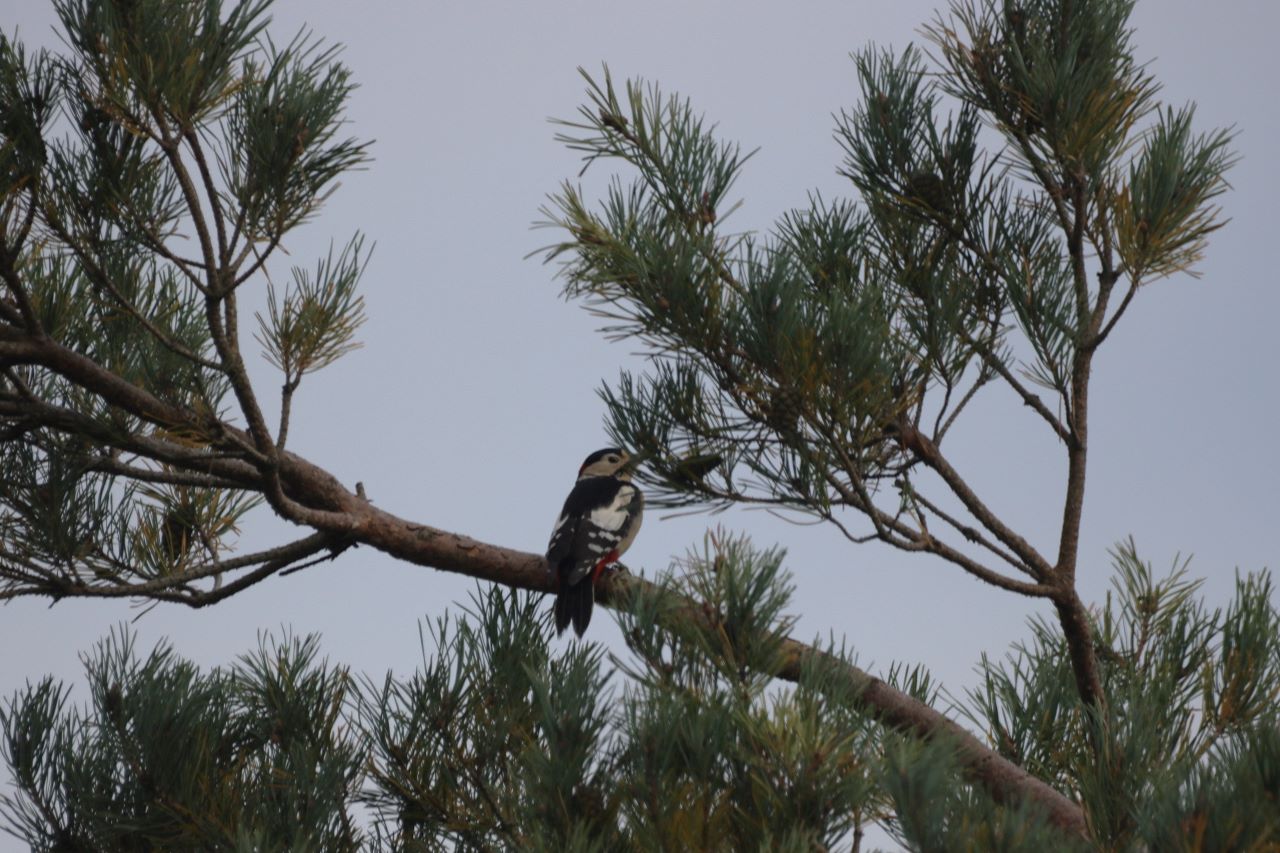

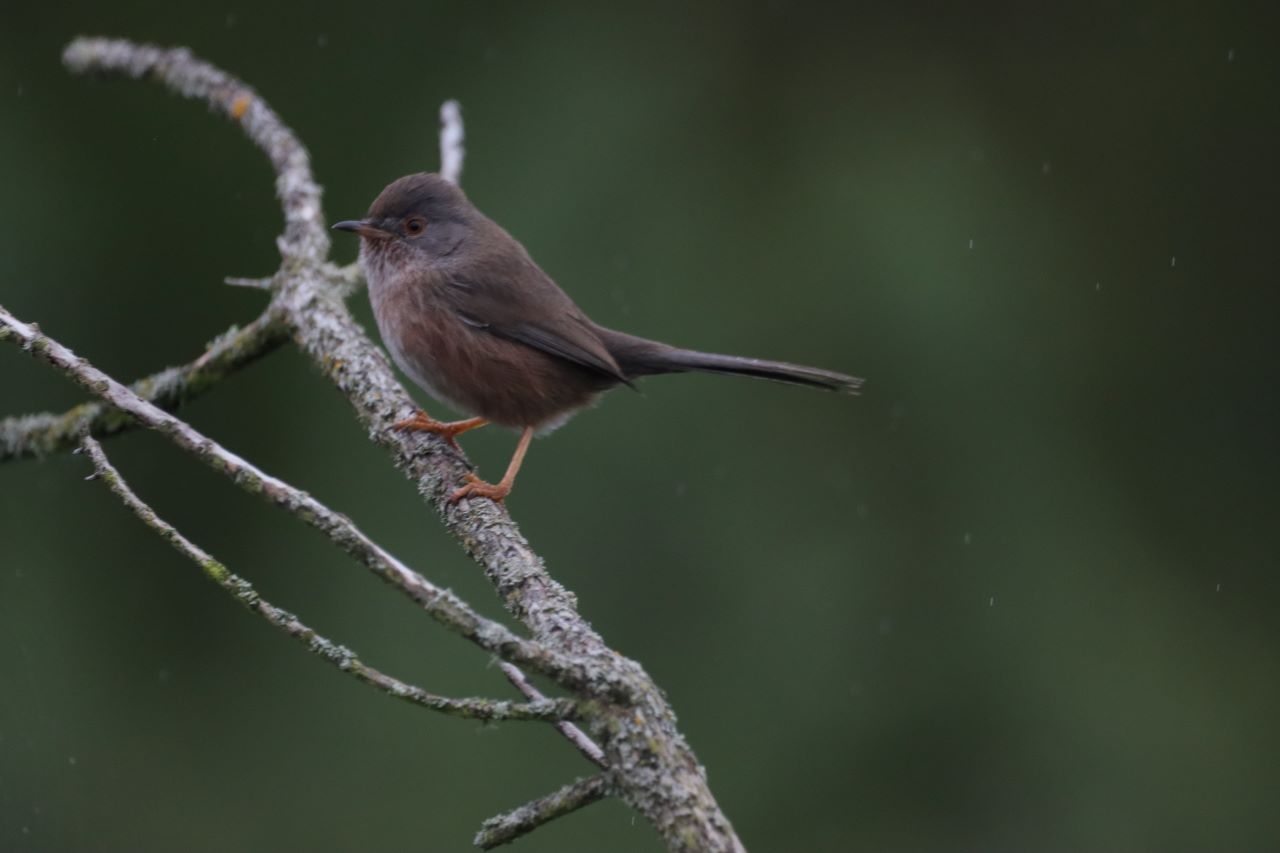
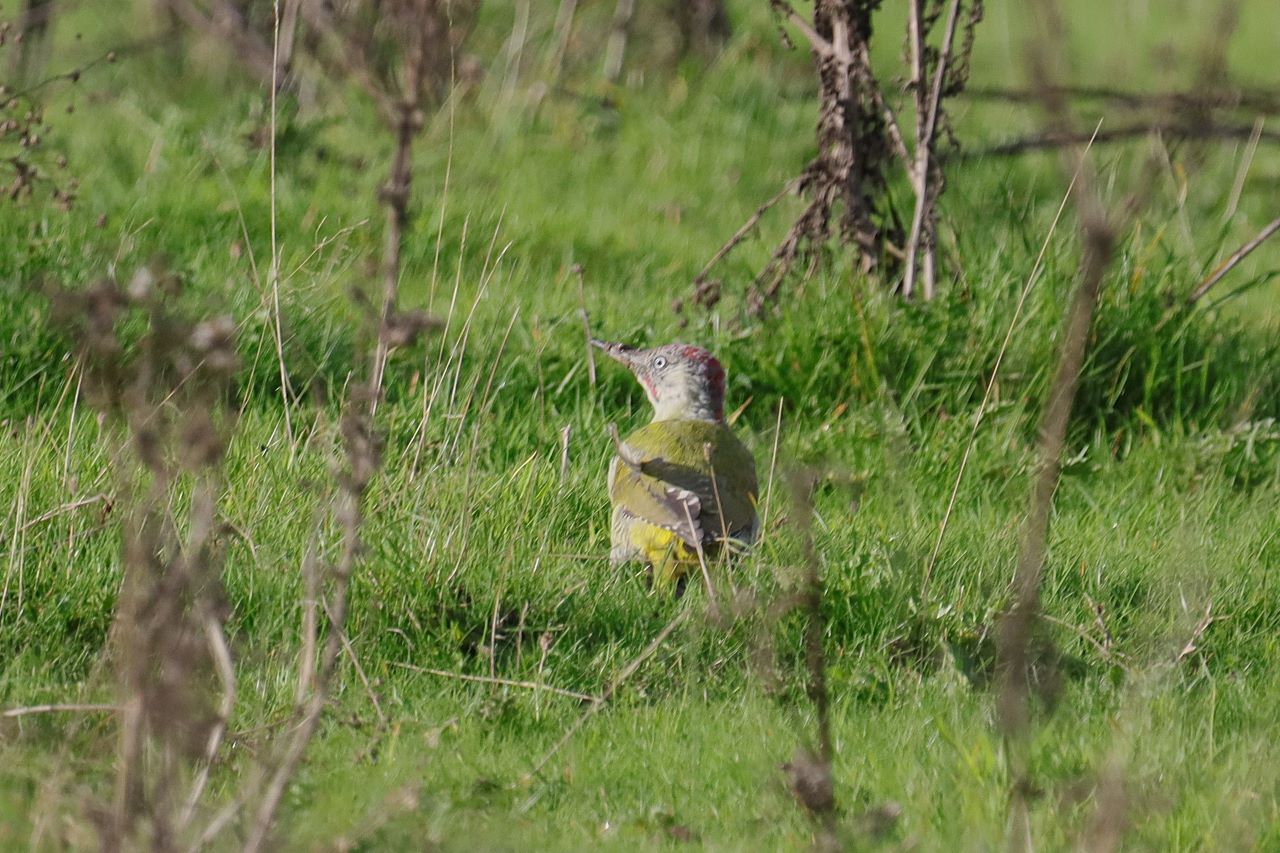
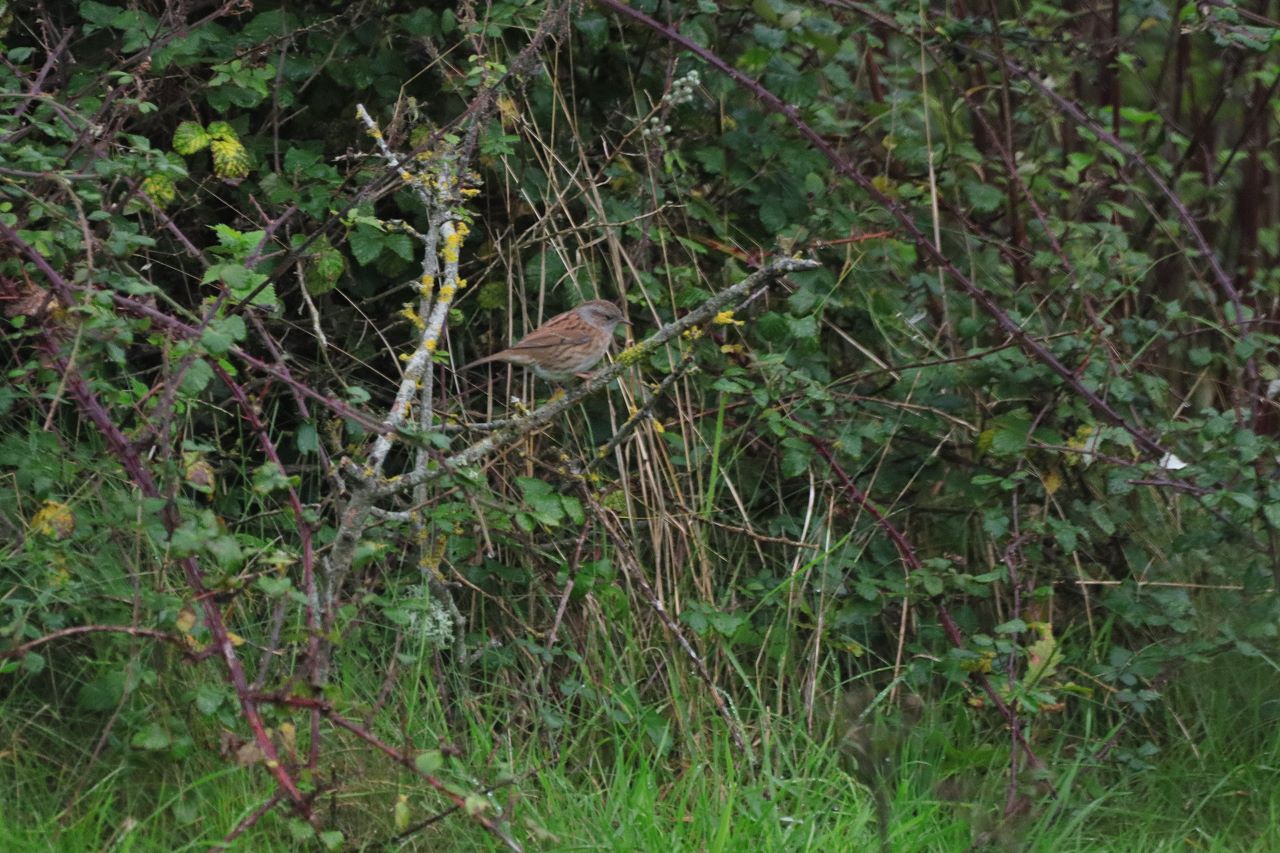
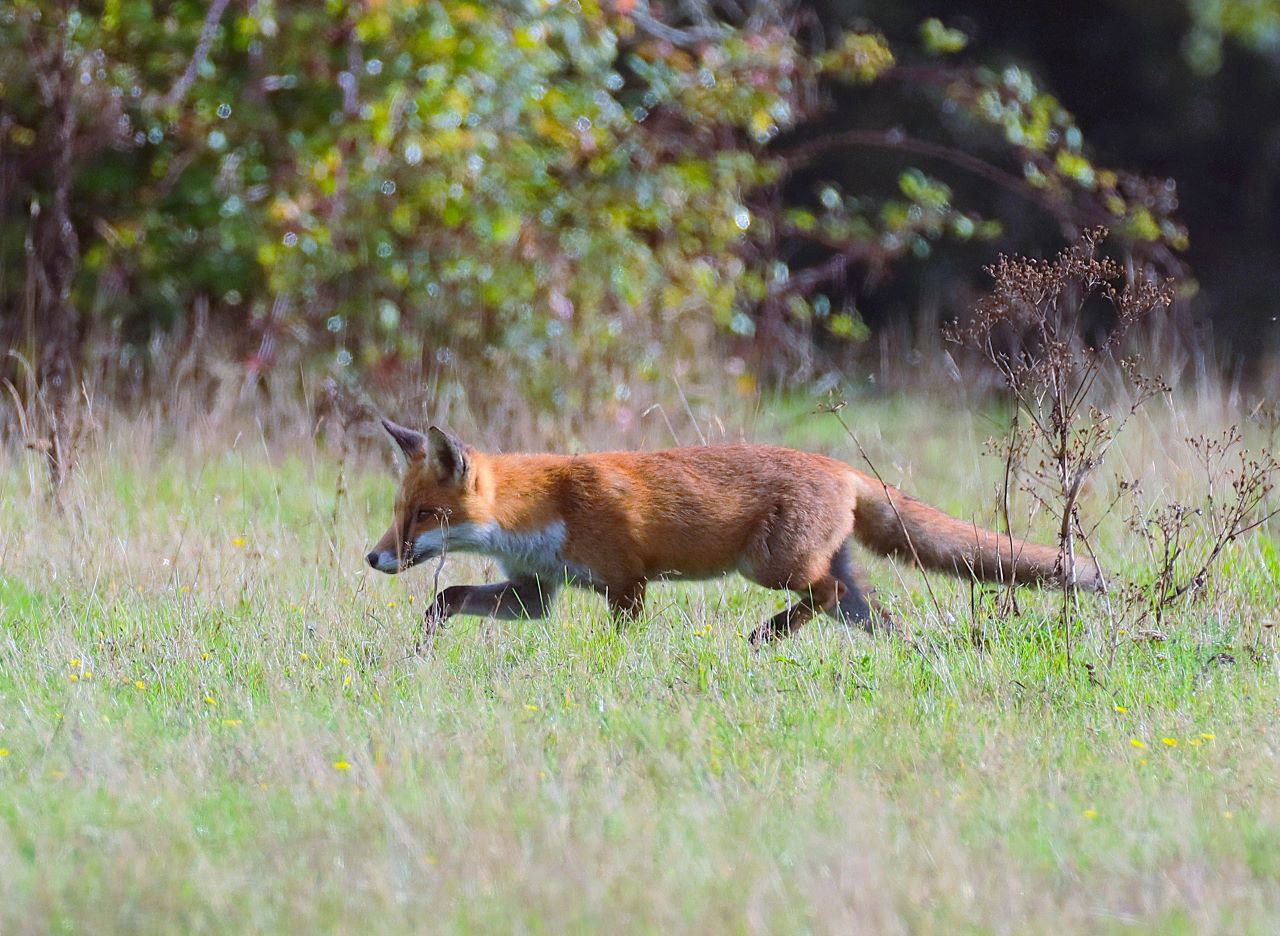
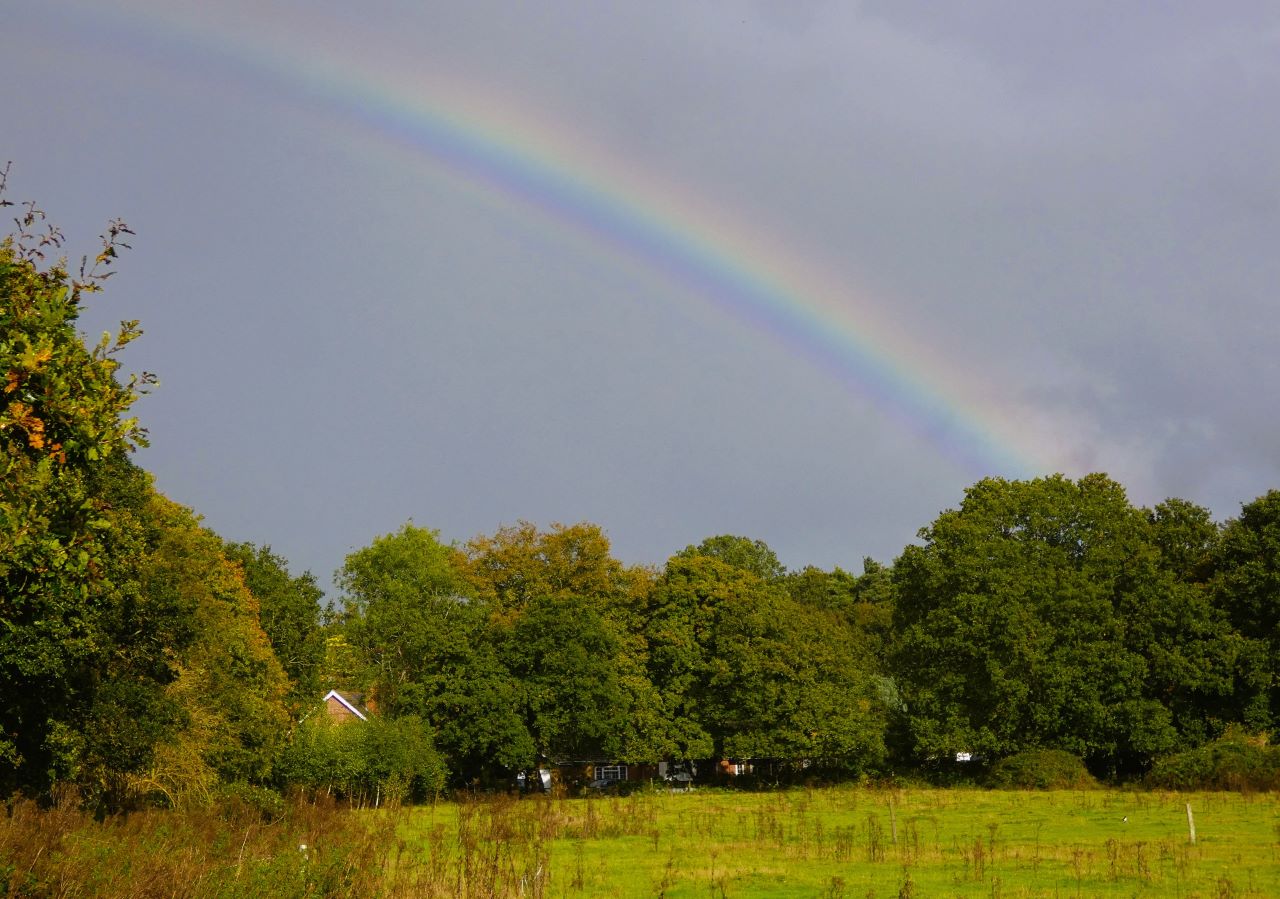
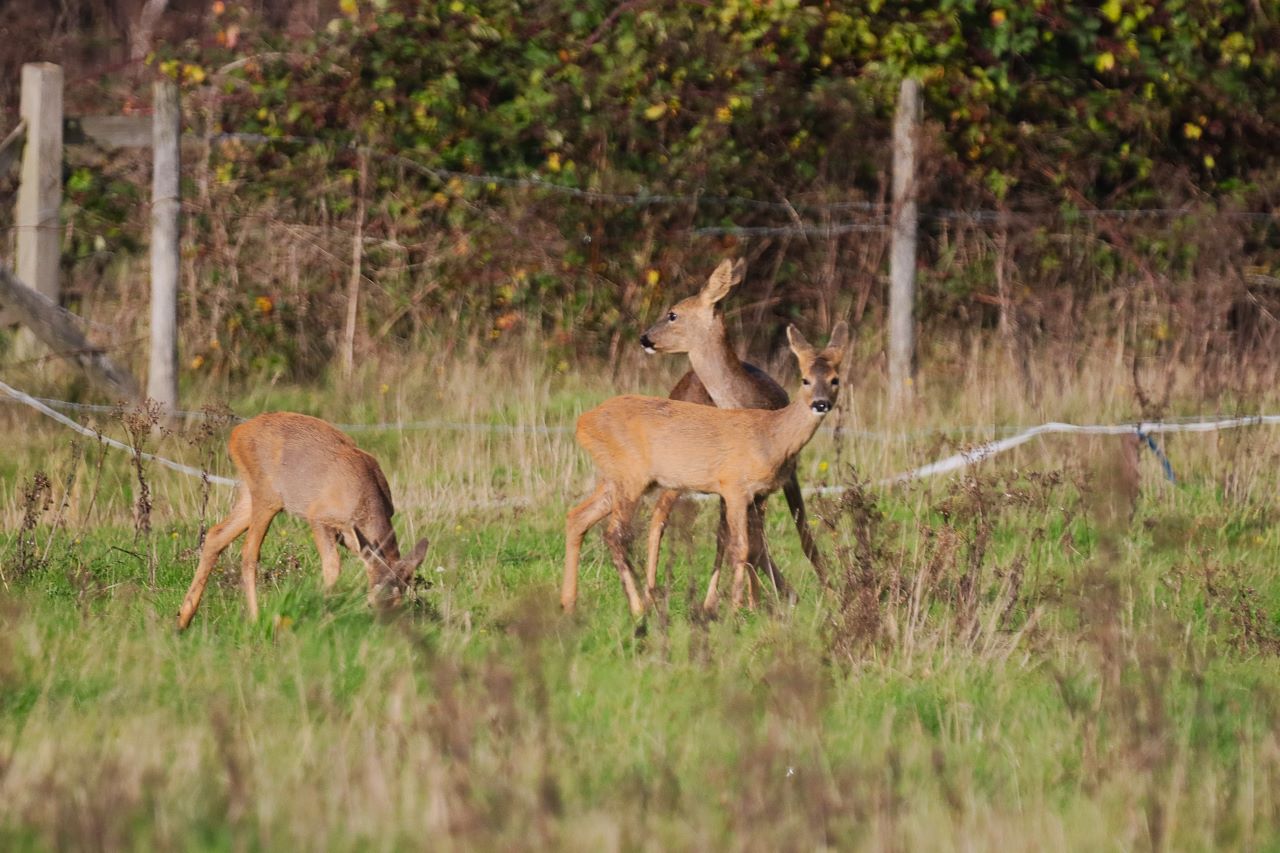
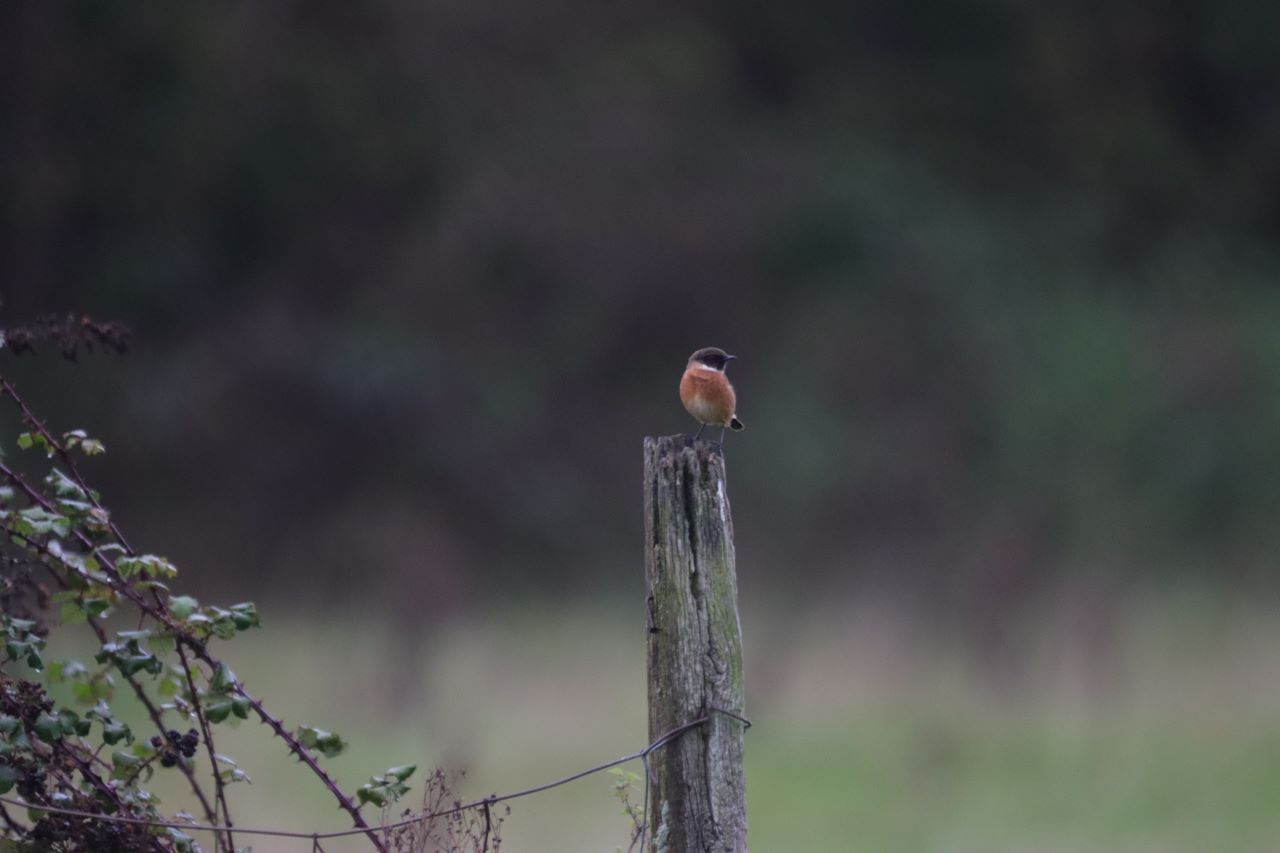
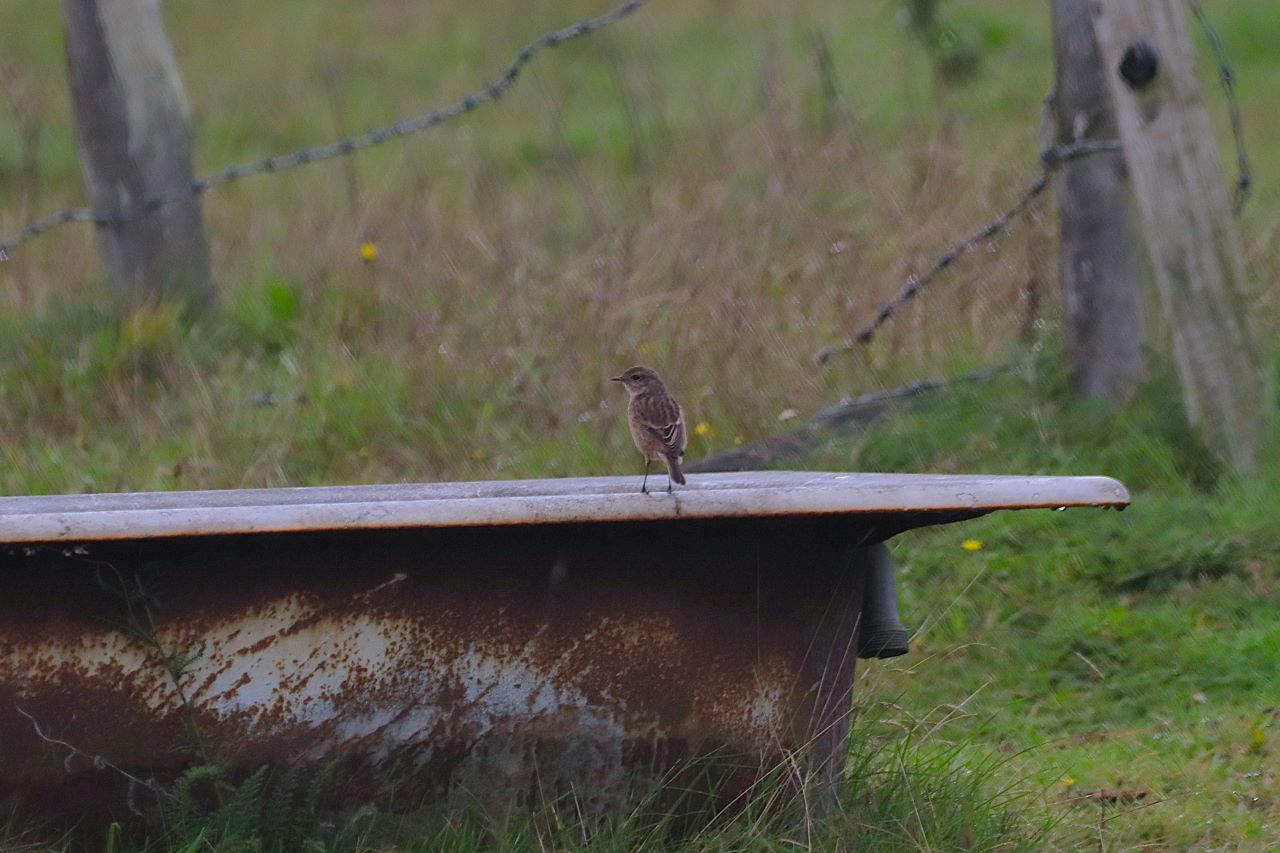
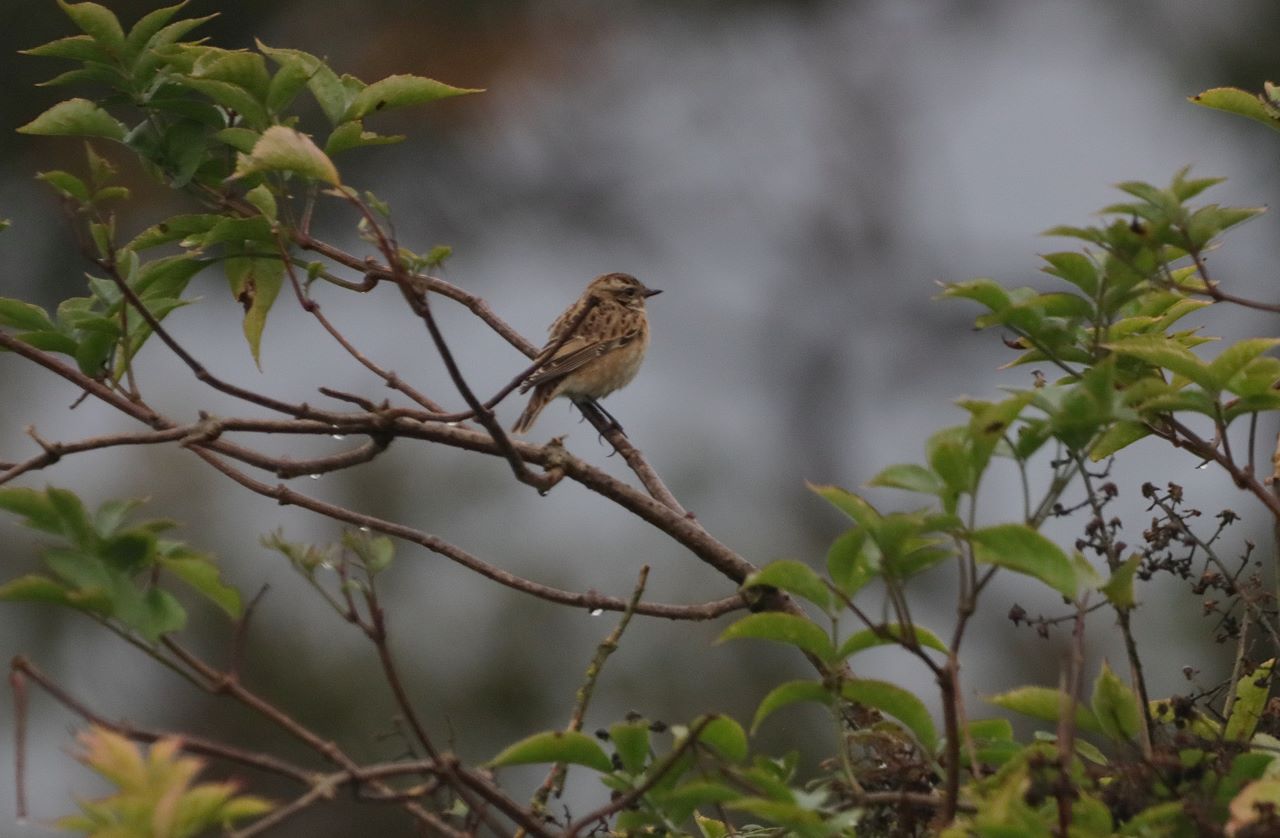







Susan Smith
October 19, 2024 at 11:27 pm
Well done for all your efforts in bringing this lovely wildlife to us. Great bat photos by the way. What a lovely creature. Well done Malcolm Fincham.